Welcome to Fotma Alloy!

News
-

China’s tungsten rod experiment: revealing the secrets of hypersonic speed
In the northwest Gobi Desert, a Chinese scientific research team conducted a shocking experiment: a tungsten alloy rod weighing 140 kilograms hit the ground at a speed of Mach 14, leaving only a pit with a diameter of about 3 meters. ...Read more -

How Much Is 1 Kg Of Titanium?
The price of titanium alloy is between $200 and $400 per kilogram, while the price of military titanium alloy is twice as expensive. So, what is titanium? Why is it so expensive after alloying? First, let's understand the source of titanium. Titanium mainly comes from i...Read more -

What Is Tungsten Wire Used For?
1. Definition and characteristics of tungsten wire Tungsten wire is a metal wire made of tungsten. It has a wide range of uses due to its high melting point, high temperature resistance, and corrosion resistance. Tungsten wire is often used to make electrical appliance...Read more -

What Is a Molybdenum Threaded Rod?
Application and Prospect of Molybdenum Screws Molybdenum screws are a kind of high-strength fasteners made of molybdenum alloy. It has the advantages of high strength, corrosion resistance, high temperature resistance and low magnetic permeability, so it is widely used i...Read more -

What Is The Difference Between Thoriated Tungsten And Lanthana Electrodes?
The main differences between thoriated tungsten electrode and lanthanum tungsten electrode are as follows: 1. Different ingredients Thorium tungsten electrode: The main ingredients are tungsten (W) and thorium oxide (ThO₂). The content of thorium oxide ...Read more -
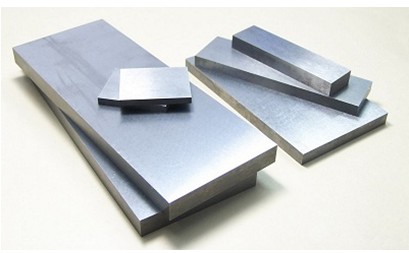
Import and Export Data of China’s Molybdenum Products in March 2023
The cumulative import volume of molybdenum products in China from January to March 2023 was 11442.26 tons, a year-on-year increase of 96.98%; The cumulative import amount was 1.807 billion yuan, an increase of 168.44% year-on-year. Among them, from January to March, China imported 922.40 tons of ...Read more -
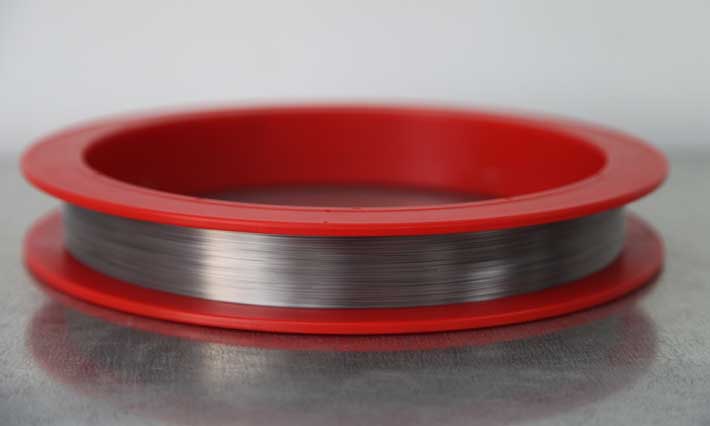
What is Tungsten Based Diamond Wire / Tungsten Fund Steel Wire?
Tungsten Diamond Wire, also known as Tungsten Fund Steel Wire, is a type of diamond cutting wire or diamond wire that uses doped tungsten wire as the bus/substrate. It is a progressive linear cutting tool composed of doped tungsten wire, pre plated nickel layer, sanded nickel layer, and sanded ni...Read more -
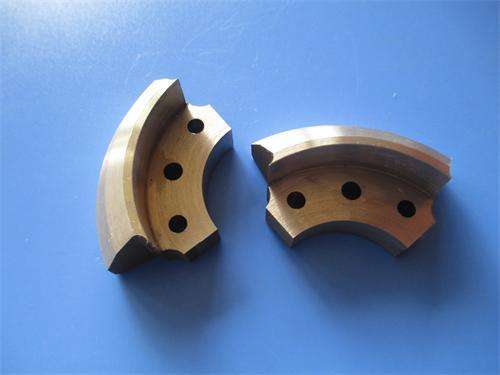
The Effect of Impurity Elements on the Ductility of Tungsten Alloys
The ductility of tungsten alloy refers to the plastic deformation ability of the alloy material before it ruptures due to stress. It is a combination of mechanical properties with similar concepts of ductility and ductility, and is influenced by many factors, including material composition, raw m...Read more -
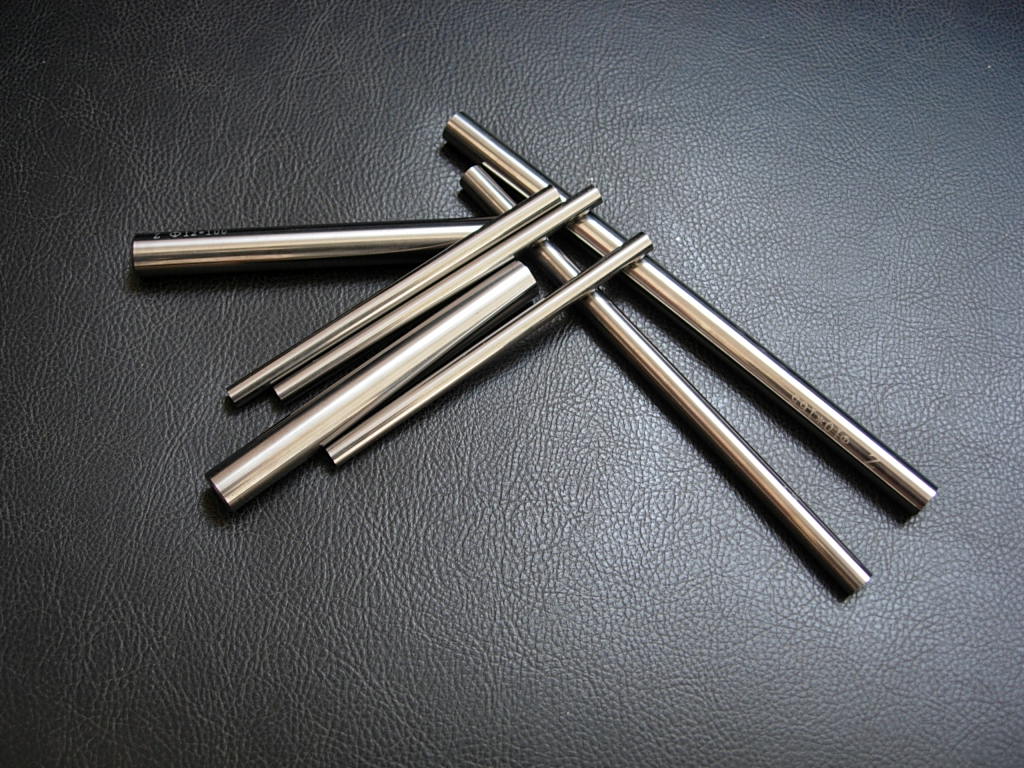
The Difference Between Cemented Carbide and High Speed Steel(HSS)
Cemented carbide and high-speed steel are typical downstream products of refractory metal tungsten (W), both have good thermodynamic properties, and can be used to make cutting tools, cold-working molds and hot-working molds, etc. However, due to the different material compositions of the two, th...Read more -
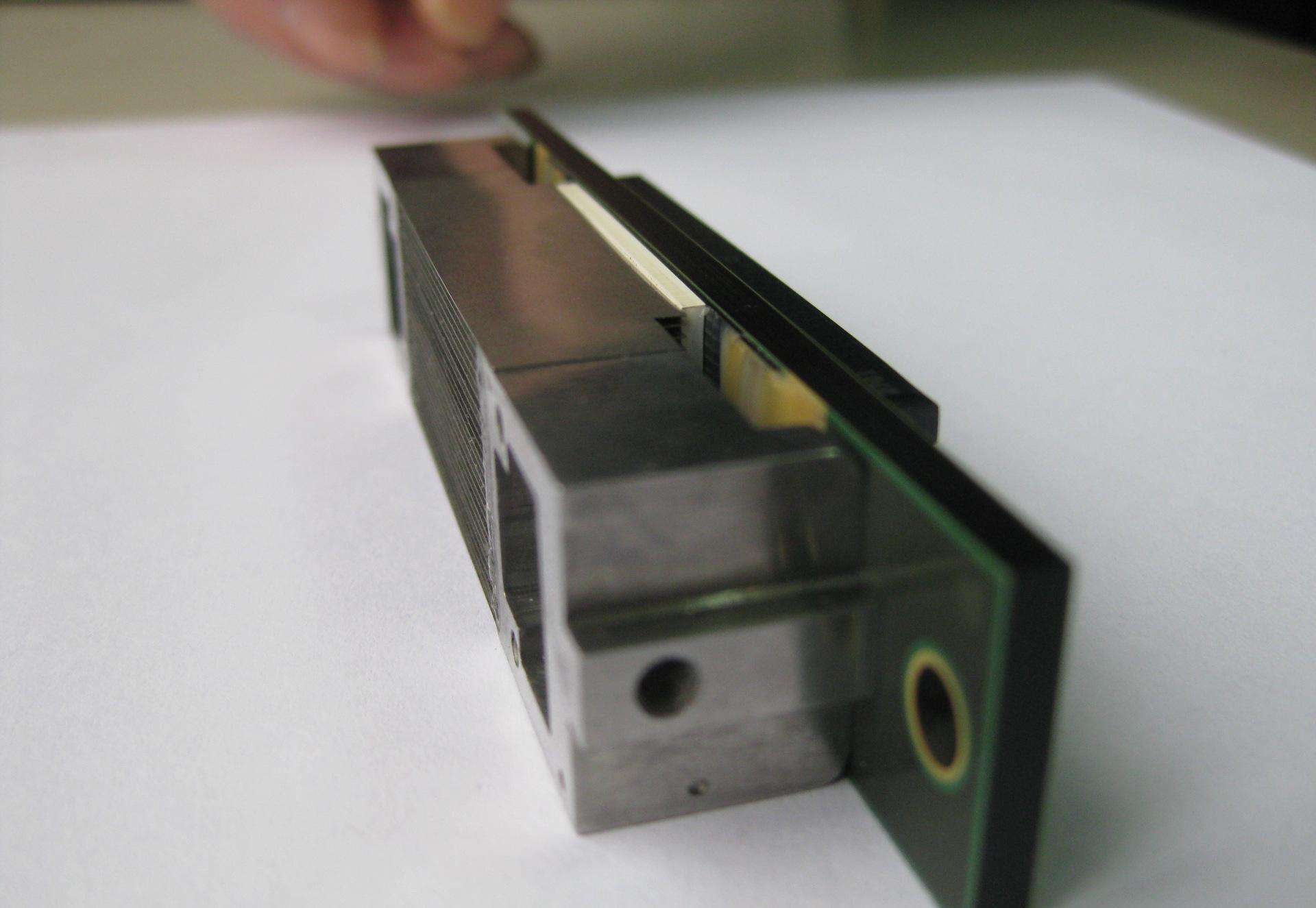
What is the Shielding Property of Tungsten Alloy
As a representative downstream product of refractory tungsten metal, high specific gravity tungsten alloy has excellent shielding performance in addition to the characteristics of non-radioactivity, high density, high strength, high hardness and good chemical stability, and is widely used in coll...Read more -
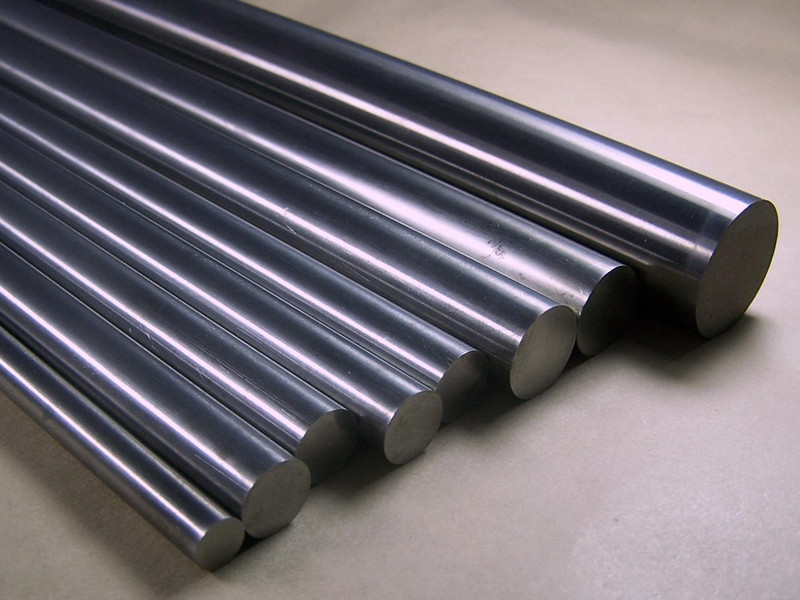
Main Properties of Tungsten Alloy
Tungsten Alloy is a kind of alloy material with transition metal tungsten (W) as the hard phase and nickel (Ni), iron (Fe), copper (Cu) and other metal elements as the bonding phase. It has excellent thermodynamic, chemical and electrical properties and is widely used in national defense, militar...Read more -
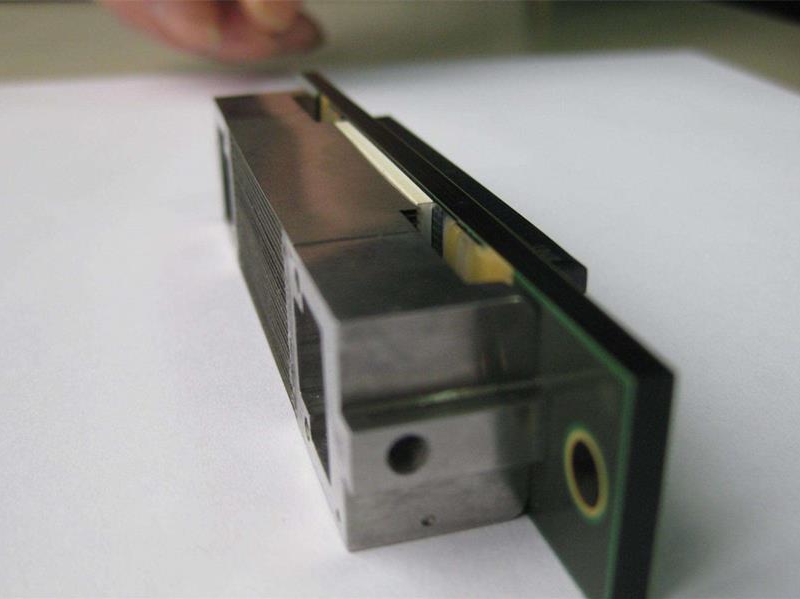
Heavy Tungsten Alloy Applications
High Density Metals are made possible by Powder Metallurgy techniques. The process is a mixture of tungsten powder with nickel, iron, and/or copper and molybdenum powder, compacted and liquid phase sintered, giving a homogeneous structure with no grain direction. The res...Read more
